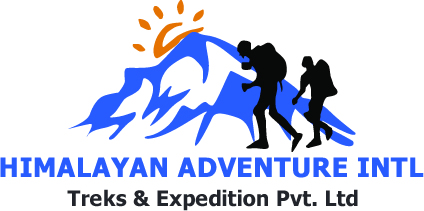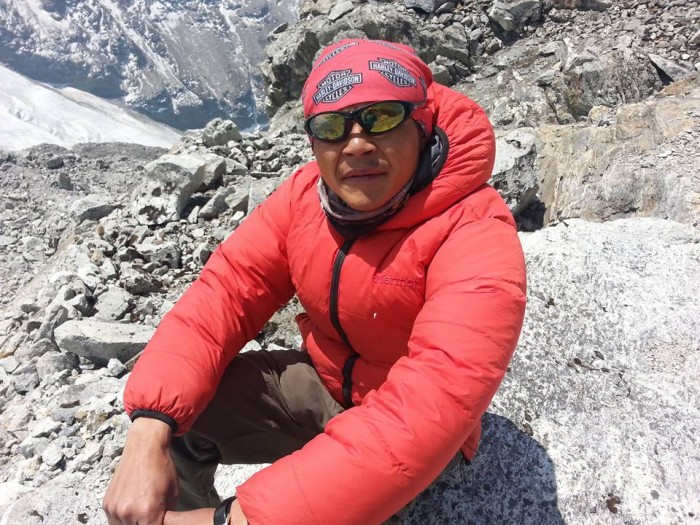Panchase Trek in Nepal – 5 Days Booking Open for 2025/26 | Group Join Trek & Fixed Departures
If you are looking for a short and scenic trek near Pokhara, the Panchase Trek is an excellent choice. Himalayan Adventure International Treks is now open for 2025/26 bookings with group join treks and fixed departure dates. This trek is perfect for both beginners and experienced trekkers who want to experience the natural beauty and cultural richness of Nepal within a short timeframe.
Overview of Panchase Trek
-
Duration: 5 Days
-
Starting Point: Pokhara
-
Trek Difficulty: Easy to Moderate
-
Maximum Elevation: 2,500m (Panchase Hill)
-
Best Time: Spring (March-May) & Autumn (September-November)
-
Group Size: Min 2 - Max 12
-
Accommodation: Tea Houses / Lodges
-
Mode of Transport: Private vehicle / Local Bus
-
Trekking Permit: TIMS & ACAP
Cost Breakdown for Panchase Trek & Other Popular Treks
Panchase Trek Cost (5 Days)
-
Group Cost: USD 450 per person
-
Couple Cost: USD 500 per person
-
Permit Cost: TIMS (USD 20) & ACAP (USD 30)
-
Transportation Cost: USD 20 - 50 (Depending on mode)
-
Guide Cost: USD 30 - 40 per day
-
Porter Cost: USD 20 - 25 per day
-
Porter Cum Guide Cost: USD 25 - 30 per day
-
Female Guide Cost: USD 35 - 45 per day
-
Food & Accommodation Cost: USD 25 - 35 per day
-
Drinking Water Cost: USD 1 - 5 per day (bottled/boiled/filtered)
Siklis Trek Cost (6-7 Days)
Ghachok Khumai Danda Trek Cost (5-6 Days)
Mardi Himal Trek Cost (5-7 Days)
Ghorepani Poon Hill Trek Cost (4-6 Days)
Alternative Routes for Panchase Trek
For those looking for an extended adventure, Panchase Trek can be combined with Australian Camp Trek, Dhampus Trek, or Mardi Himal Trek to explore more of the Annapurna region.
Altitude Sickness (AMS) & Prevention
While Panchase Trek remains below 3,000m, other treks in the Annapurna region can lead to AMS. To prevent altitude sickness:
Best Time to Trek in the Annapurna Region
-
Spring (March-May): Blooming rhododendrons, clear skies, and moderate temperatures.
-
Autumn (September-November): Best visibility, pleasant weather, and festival season.
-
Winter (December-February): Colder but still possible for lower elevation treks like Panchase.
-
Monsoon (June-August): Less crowded but with rain and leeches.
Around Pokhara City Tour in Nepal
Before or after the trek, explore Pokhara City with attractions like:
-
Phewa Lake – Boating and lakeside relaxation
-
Davis Falls – A unique underground waterfall
-
Gupteshwor Cave – Sacred cave with a Shiva temple
-
World Peace Pagoda – Panoramic views of Pokhara
-
Sarangkot Sunrise Viewpoint – Spectacular Himalayan sunrise
Trekking Packing List
-
Trekking boots, warm jacket, rain gear
-
Sleeping bag (if needed), trekking poles
-
Reusable water bottle with filtration system
-
Snacks, energy bars, personal medication
-
Sunscreen, hat, sunglasses, gloves
Culture & Lifestyle of People in the Annapurna Region
The Panchase and Annapurna region is home to diverse ethnic communities like Gurung, Magar, and Brahmin-Chhetri. The people are warm and hospitable, offering a glimpse into their rich traditions, agriculture-based lifestyle, and vibrant festivals.
Best Trekking Organizer in Nepal – Himalayan Adventure International Treks
Himalayan Adventure International Treks is a trusted trekking agency in Nepal, offering expertly guided treks, personalized service, and fixed departure options. With experienced guides, competitive pricing, and a focus on safety, we ensure an unforgettable adventure in Nepal.
Book Your Panchase Trek 2025/26 Now!
Join our fixed departures or book a private trek with us. Contact Himalayan Adventure International Treks today for the best trekking experience in Nepal!

 Plan Your Trip Now
Plan Your Trip Now 


